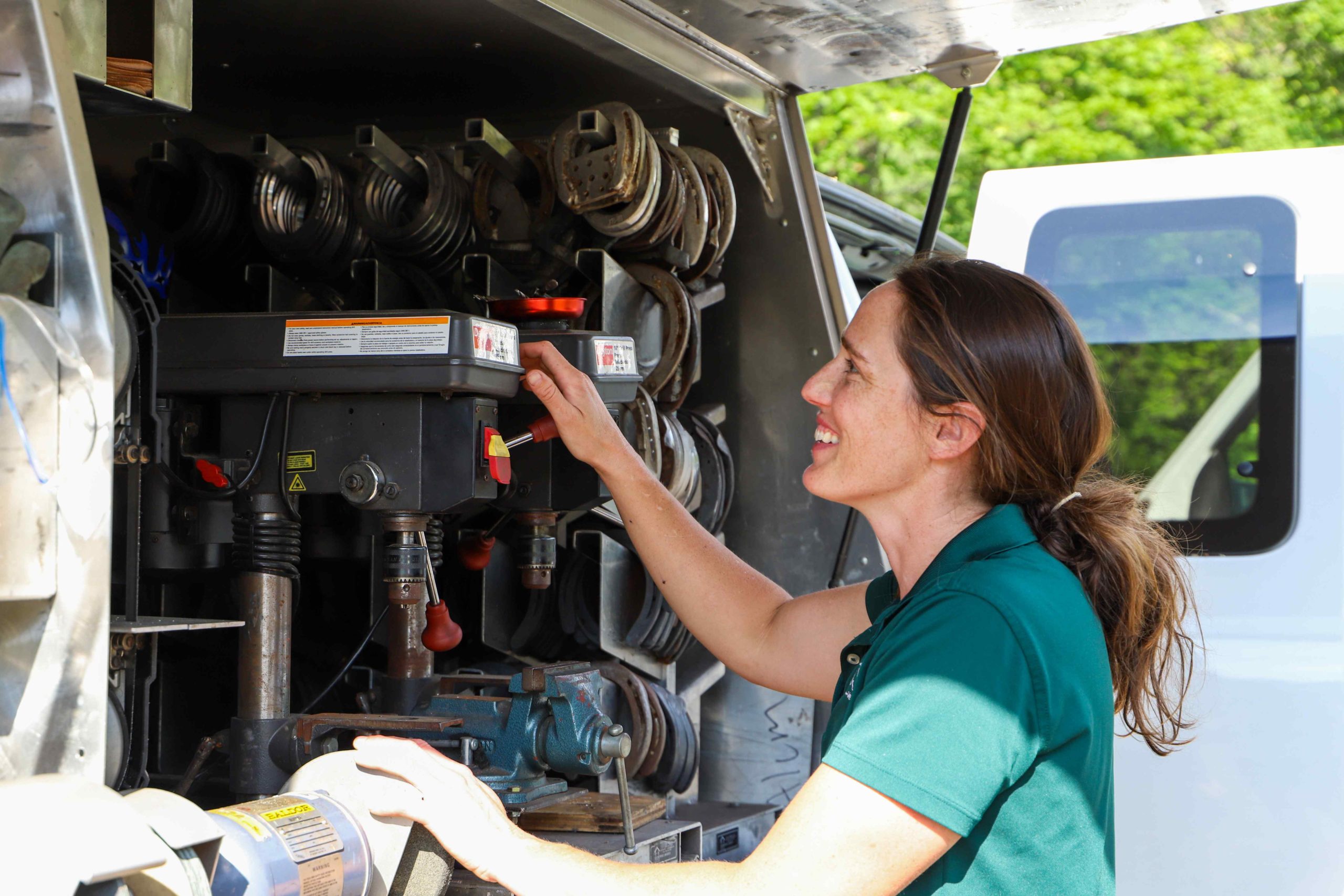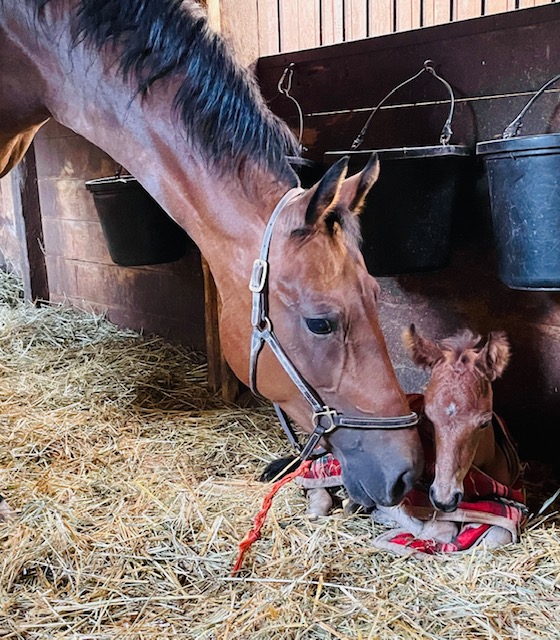Equine Dentistry
Like humans and our small animal companions, equines benefit from regular routine dental care, and it is an important aspect of our work at SRH! Poor dentition can lead to a host of other health deficits including poor condition, weight loss, difficulty with a bit, sinus infections, choke, and colic. Sometimes acute dental problems may also arise such as a fractured or loose tooth. Routine dental care performed by a veterinarian often requires sedation to allow the horse to be more calm and comfortable during the procedure and to allow for examination and floating of the teeth at the very back of the mouth. Regular dental exams help keep your horse’s mouth healthy and can prevent bigger issues down the road!
A horse’s teeth continue to “erupt” from the gum line throughout most of the horse’s life. Due to the chewing pattern horses use to grind their forage, they are prone to developing sharp points on the upper teeth next to the cheeks, and on the lower teeth next to the tongue. If not addressed by a veterinarian, these points can cause ulceration on the horse’s cheeks or tongue or prevent a normal chewing pattern. In a routine dental exam, or “float,” your veterinarian will smooth these sharp points to allow proper movement of the jaw during chewing.
Horses may, at times, experience fractured or loose teeth. They may also lose teeth, especially as they age. These damaged or missing teeth also alter the chewing pattern and ultimately the wear of these corresponding teeth. In these cases certain teeth can grow too tall in the absence of the opposing tooth. This can lead to difficulty chewing, or even to wounds from the overgrown tooth. Fractured or loose teeth can also be uncomfortable and lead to trouble eating, or can become infected and lead to a sinus infection. Having a veterinarian evaluate the mouth and extract any problem teeth is the appropriate way to address these conditions.
As horses’ lifespans increase due to better care and veterinary intervention, they can sometimes outlive their teeth! They may reach an age where their teeth stop erupting and become worn smooth, no longer able to adequately chew their forage or feed. This can lead to an inability to ingest enough calories or put them at risk for choke. Regular dental care for the older horse can help recognize these issues and your vet can help you come up with an appropriate feeding strategy to keep your horse well and safely fed.
An increasingly recognized dental disease, EOTRH (Equine Odontoclastic Tooth Resorption Hypercementosis) affects mostly older horses. The roots of the incisors become inflamed and begin to dissolve, a painful process for the horse. External inflammation of the gums or malformation of the incisors can be an indication of this disease, and dental x-rays can help further diagnose the presence and progression of the disease. Though the cause is still unclear, the only cure is to remove the affected teeth. This can be performed by a veterinary dental specialist either at the farm or at our clinic.
At SRH, our large animal veterinarians are trained and experienced in performing both routine dental examinations and floats, as well as in diagnosing other oral medical maladies. Additionally, we are associated with a boarded equine veterinary dentist and can coordinate more invasive extractions and procedures when required.
To further illustrate the procedures and conditions mentioned above, the following video is an excellent overview of equine oral anatomy, dental issues, and care.










